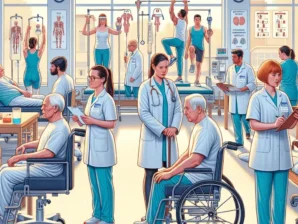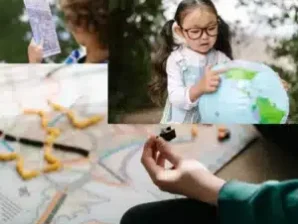Evaluating Young Adults' Engagement with Cultural Heritage
The recent article published in Heritage by Manuele Veggi, Alessandro von Gal, Laura Piccardi, Sofia Pescarin, and Raffaella Nori titled "How Much Do We Care About Cultural Heritage? A Rasch Scale Validation Study Among Young Adults", investigates the relationship between citizens and cultural heritage through the novel Cultural Heritage Caring Assessment Scale (CHARE).
Introduction to the CHARE Scale
The CHARE scale was developed to address the lack of suitable assessment tools in visitor studies. This tool is based on the Rasch model and features a 16-item questionnaire designed to measure visitors' "caring behaviors."
Validation and Practical Implications
Tested on young adults, statistical analysis confirms the model's reliability. While further validation is needed, CHARE already provides a practical means for museum professionals to assess young visitors' engagement and caring attitudes toward cultural heritage.
Study and Tool Development
The study involved existing literature and expert focus groups to develop a preliminary questionnaire. The aim was to create a reliable tool to assess interest and attention toward cultural assets by visitors.
Findings and Future Developments
Preliminary results show high potential for CHARE in enhancing visitor engagement strategies in museums and educational policies. This study serves as a starting point for further research and refinement of the scale.






